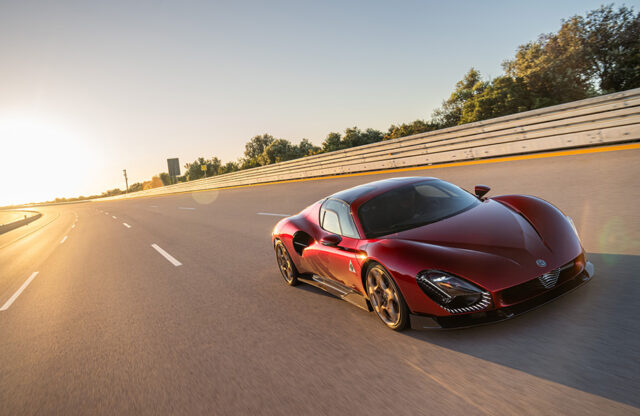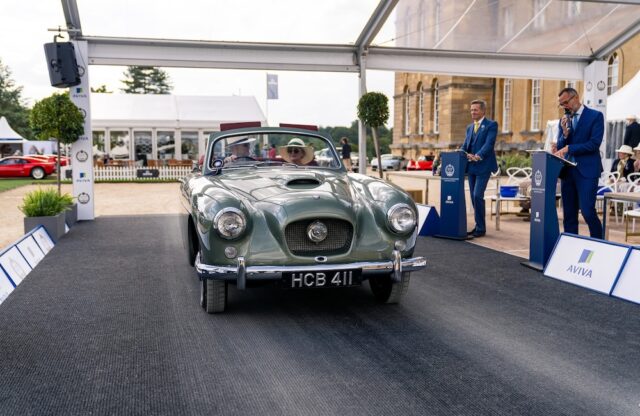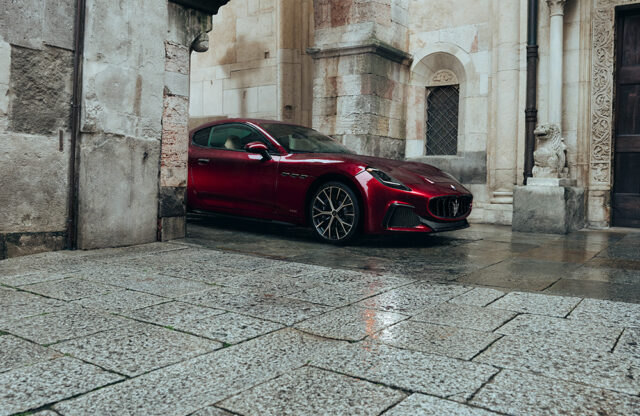A new collaboration between Alfa Romeo and Maserati has been announced under the name BottegaFuoriserie, bringing together both brands’ design, racing and restoration expertise under one umbrella. Based across Modena, Turin and Arese, the initiative aims to co-ordinate bespoke vehicle design, historic restoration and performance development within Italy’s Motor Valley.

The BottegaFuoriserie project is led by Cristiano Fiorio, reporting to Alfa Romeo CEO and Maserati COO Santo Ficili, and operates under the patronage of the Altagamma Foundation. It will focus on four areas: Bottega, Fuoriserie, Corse and La Storia. Bottega will handle limited-run, tailor-made cars such as the Alfa Romeo 33 Stradale and Maserati MCXtrema, designed and built in Italy in collaboration with clients. Fuoriserie will expand personalisation options for production models through dedicated design teams and customisation programmes available at dealerships.
Santo Ficili sees this launch as more than the creation of a new initiative. “It is the symbol of a new era for Alfa Romeo and Maserati. It represents our unwavering belief in the power of Italian creativity, engineering and craftsmanship,” he says. “I am proud to entrust this mission to Cristiano Fiorio; his exceptional work on projects such as the Alfa Romeo 33 Stradale and our motor sport programmes has demonstrated not only technical mastery but also a deep emotional connection to the soul of our brands. This is the first milestone in a broader transformation that will define the future of both Alfa Romeo and Maserati.”
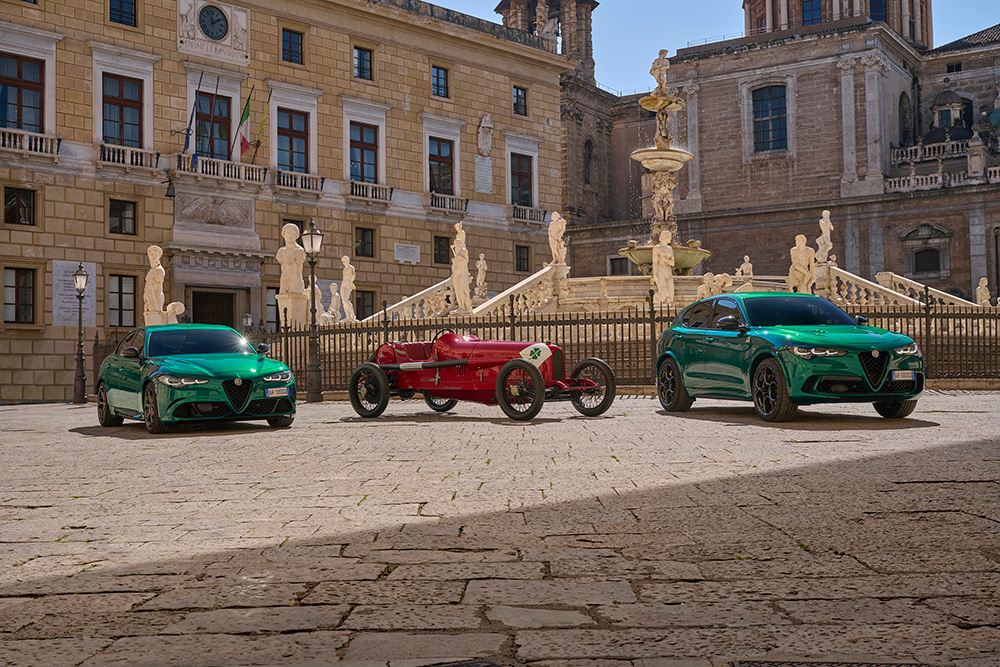
The Fuoriserie programme of customising existing road cars has been the preserve of Maserati. Asked whether it could be expanded to the recently revived Alfa Romeo Giulia/Stelvio Quadrifoglio, it’s very much a part of the plan according to Santo Ficili.
“Why not? That’s exactly why we’re here. We’re bringing together two outstanding brands – Alfa Romeo and Maserati – to combine their expertise and creativity. We can begin with Quadrifoglio, a brand within the Alfa Romeo brand itself, and build bespoke options for our customers,” he says. “We’re also drawing on the deep experience and skills of our teams, who have worked for many years across both marques. It’s not just about Maserati; Alfa Romeo has a proud history, too – think of the 8C and 4C projects, where we carried out similar bespoke work in the past.”
Setting up a FuoriSerie customisation session isn’t limited to one physical location, as Santo explains.
“Direct, one-to-one relationships are essential, which is why we are training our dealer network to handle bespoke requests. Dedicated sales specialists will be able to present the full range of customisation options to clients. The role of the network will be fundamental to the success of this initiative,” he says. “In our existing model range, the goal is to maximise personalisation opportunities, offering customers greater freedom to tailor their cars. At the same time, for Bottega projects – the limited ‘few-off’ creations – scarcity must remain the guiding principle. We must focus on selective, low-volume projects to maintain exclusivity and avoid over-saturating the market.”
All Maserati production will be returning to Modena – Magneto will have more on this next week – which Santo sees as crucial to the brand. “Production of the GranTurismo and GranCabrio models is moving from Turin back to Modena, the historic home of Maserati,” he explains. “Turin will focus on electric-vehicle production, while Modena will once again become the base for these flagship models. The transition marks an important step for the brand, celebrating its heritage while preparing for the future.”

BottegaFuoriserie will continue to work with external coachbuilders such as Zagato, Touring Superleggera and Pininfarina.
“Our roots lie in close collaboration with coachbuilders. We’ve done it before, and we’ll continue to do it in the future,” says Cristiano. “Today, for example, we’re working with Zagato, having recently completed an outstanding project for the German market. We’ve also partnered with Touring on the Stradale and will continue to work with Touring, Zagato, Pininfarina and other great Italian design houses. We mustn’t forget our own Centro Stile in Turin, which I believe is one of the strongest design centres in the world – a place where we truly craft our dreams. Collaboration with coachbuilders remains central to what we do, for two key reasons: they add value and flexibility, and they are an essential part of our heritage.”
Cristiano is also working on Continuation and restomod projects. “For the Continuation side, we already have a small project in development, currently under study with one of our partner companies, and it’s close to being ready to launch,” he explains. “The same applies to restomod work. Several companies have already created interesting examples based on Alfa Romeo and Maserati models, and we want to develop similar collaborations that remain firmly brand-led. This approach is not only exciting for us, but it also reflects growing demand in the market for authentic, factory-backed heritage projects.”
The big question is what comes next after the Alfa Romeo 33 Stradale – a production cycle that lasts until 2027? When will we find out what it involves?
“I’d say it’s not too far off, and not too soon, either – but it will happen. This isn’t something limited to Alfa Romeo; it’s also a commitment we’ve made for Maserati,” Cristiano says. “We need to create bespoke, road-going ‘few-off’ models for Maserati as well. At the moment, we have the incredible MCXtrema, but that’s not a road car – and we need to bring that dream to life. We’re holding two major ambitions in our hands, and our goal is to make them a reality as soon as possible.”
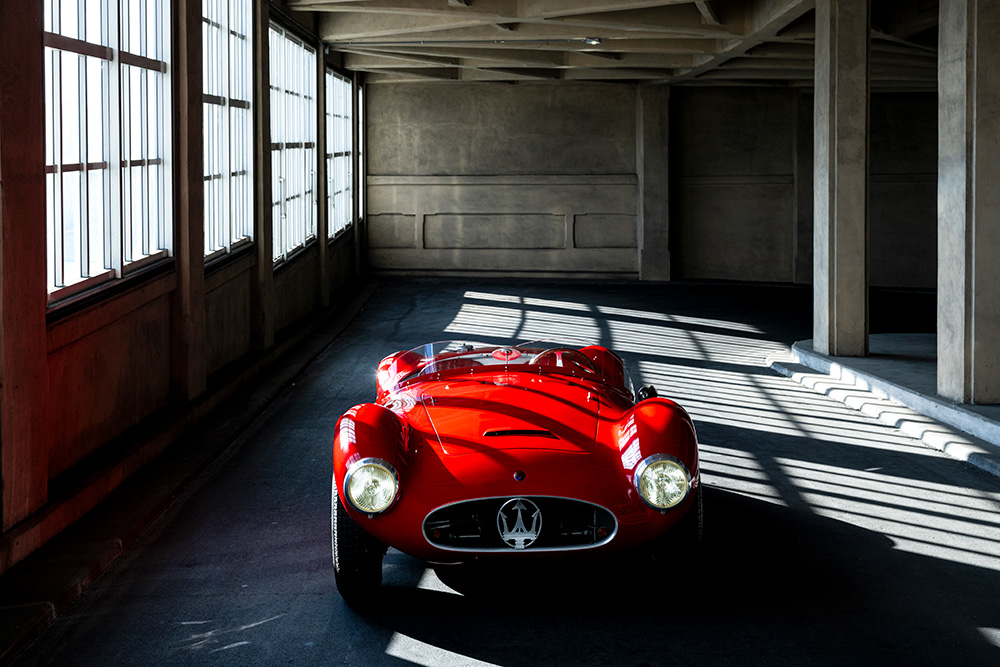
La Storia will preserve the heritage of both marques through restoration, certification and museum projects, including work at the Alfa Romeo Museum in Arese and the Umberto Panini Maserati Collection in Modena. Corse will integrate motor sport engineering into future development, with Maserati Corse continuing to compete internationally and contribute technical expertise to new performance models.
While the Panini collection is not a direct part of the Stellantis empire, Maserati Classiche will continue to work closely with the museum.
“What we’re planning is to establish a kind of Officina Classiche Maserati – a dedicated centre focused on heritage models. From here, we will handle everything from authentication and certification to restoration and distribution,” explains Santo. “We already carry out some of this work in Modena, but the goal is to expand, creating a larger and more advanced workshop than we currently have. Beyond that, we’re looking to build an international network of workshops connected to Modena, which will allow us to support customer requests and needs globally. This is an essential part of our future business. It’s about staying close not only to our customers but also to the Maserati clubs that represent the brand around the world.”
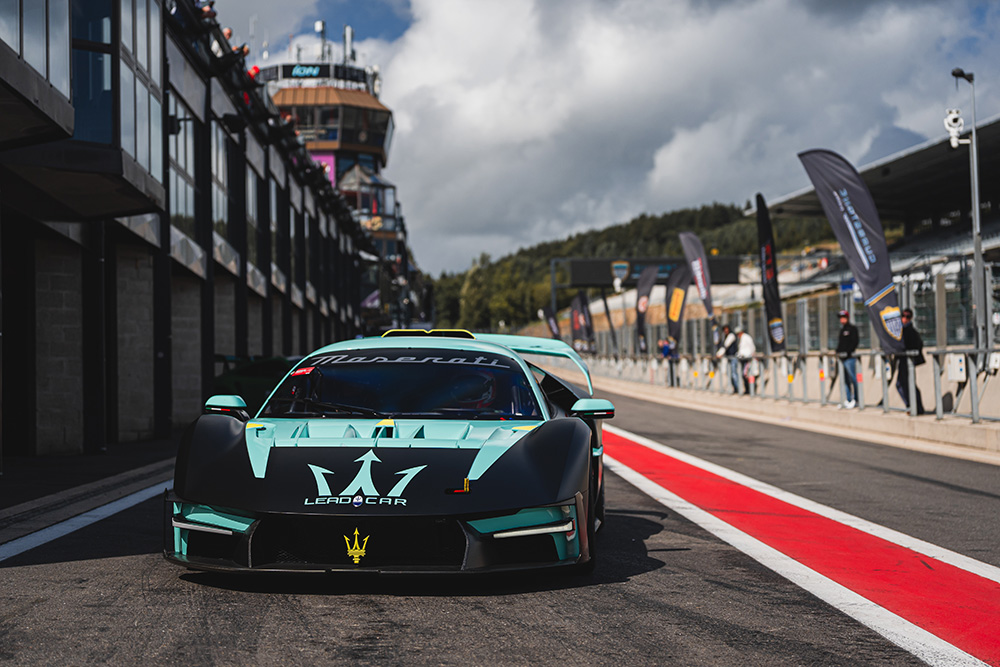
Although Alfa Romeo and Maserati have worked closely before – the latter built the 4C and 8C Competizione for Alfa, while Alfa Romeo’s Giorgio platform forms the basis of the Grecale and the Nettuno engine is a variant of the Giulia Quadrifoglio V6, the brands will have distinct identities.
“We want to keep the two brands distinct, but we aim to share a common approach when it comes to methodology and process. When pursuing excellence, processes must be clear, governance well defined and activities carefully co-ordinated to avoid overlap,” Cristiano says. “However, when it comes to brand identity, perception and positioning, the two must remain entirely separate. Maserati Classiche is currently based in Modena, and we plan to expand that facility. Meanwhile, Alfa Romeo Classiche operates in Turin, which is ideal given the opportunities for collaboration with other brands in the future.”
So could we see the BottegaFuoriserie concept spun out to Abarth, Lancia and Fiat? Cristiano and Santo haven’t ruled it out – but the focus for Cristiano is on BottegaFuoriserie for the immediate future.
“This is somewhere where past, present and future converge – where we celebrate our heritage while daring to imagine what’s next. I will draw on the incredible experiences gained through special projects and motor sport to guide this new journey. With a team of passionate, talented individuals, we will craft vehicles that are not only technically exceptional but emotionally unforgettable,” he says. “Our mission is clear: to honour the legacy of Alfa Romeo and Maserati, and to write the next chapter in their history with boldness, beauty and authenticity. Performance is an act of culture. Creating beauty is a form of art.”
For more details on Alfa Romeo, head here, and for more on Maserati, head here.
